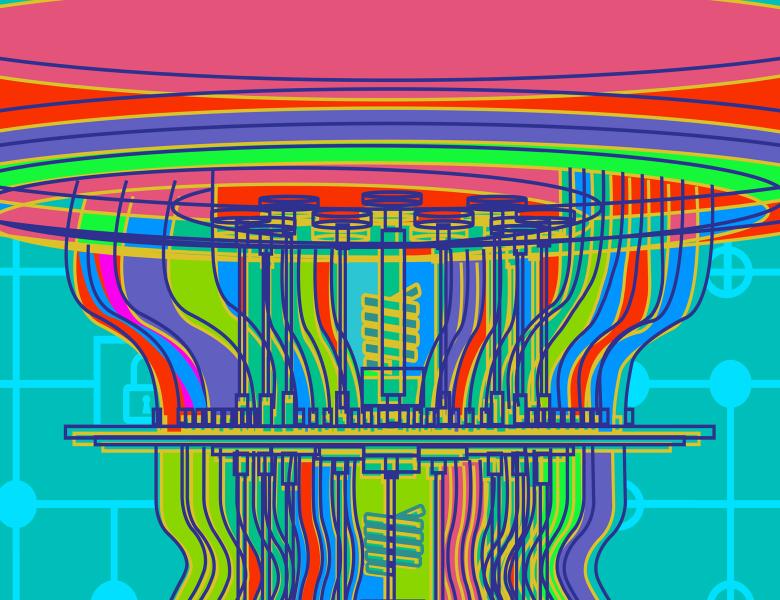
Abstract
Demonstrations of quantum computational advantage and benchmarks of quantum processors via quantum random circuit sampling are based on evaluating the linear cross-entropy benchmark (XEB). A key question in the theory of XEB is whether it approximates the fidelity of the quantum state preparation. Previous works have shown that the XEB generically approximates the fidelity in a regime where the noise rate per qudit ε satisfies εN≪1 for a system of N qudits and that this approximation breaks down at large noise rates. Here, we show that the breakdown of XEB as a fidelity proxy occurs as a sharp phase transition at a critical value of εN that depends on the circuit architecture and properties of the two-qubit gates, including in particular their entangling power. We study the phase transition using a mapping of average two-copy quantities to statistical mechanics models in random quantum circuit architectures with full or one-dimensional connectivity. We explain the phase transition behavior in terms of spectral properties of the transfer matrix of the statistical mechanics model and identify two-qubit gate sets that exhibit the largest noise robustness.


